Preliminary measurements
A measurement operation was organised from 22 to 24 February, coordinated by the Directorate-General of Infrastructures of the Junta de Andalucía Government for the initial profiling of the two test scenarios.
Scenario 1. Demonstration on A-8058 as it crosses the marina at Gelves, Seville (between kilometre point 3 000 and kp 4 000)
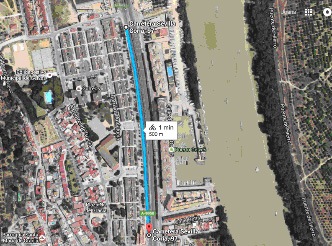
Scenario 2: Demonstration on A-376 as it crosses Montequinto, Dos Hermanas, Seville (between kp 2 000 and kp 3 000)
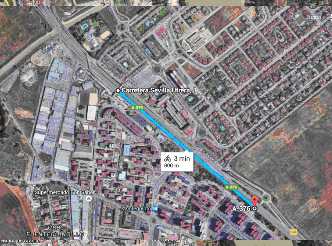
On one hand, CIDAUT assessed current noise pollution levels using different methodologies:
Proximity Method (CPX – Close Proximity Test). This method is normalised as per ISO/CD 11819-2 standard. “Acoustics. Measurement of road surface influence on traffic noise. Part 2: Proximity Method.
This method is designed for assessing the acoustic properties of the road surface, measuring rolling noise with standardised tyres. Noise is measured with microphones situated near the tyre. In general, it measures rolling noise by isolating it from the rest of the road traffic noise.
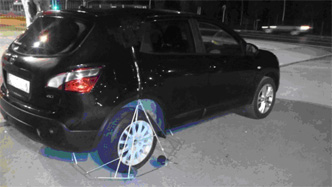
Statistical Vehicle Pass-By Method (SPB Test). This method is normalised as per ISO 11819-1 standard. “Acoustics. Measurement of road surface influence on traffic noise. Part 1: Statistical vehicle pass-by method”. This method is based on the use of a microphone integrated in a rigid reflecting panel in order to take noise measurements near the road.
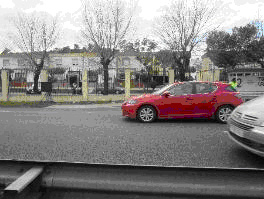
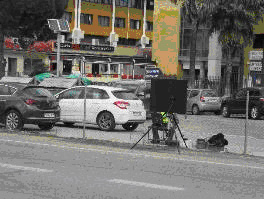
And on the other, Eiffage Infraestructuras assessed surface profiling through two different types of tests:
Macrotexture measurements with the volumetric match technique as per UNE EN 13036-1. This method determines the average depth of the road surface macrotexture by applying a known volume of material on the surface and subsequent measurement of the total area covered.

Texture (MPD: Mean Profile Depth) and IRI (International Roughness Index) through a laser profile meter as per EN ISO 13473-1. The test consists of measuring the profile curve of a surface and of calculating the texture depth from this profile. IRI is the common parameter for determining driving regularity and comfort, obtained from the roadway’s longitudinal profile.
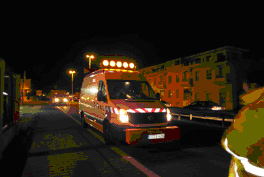

 La consejería
La consejería
